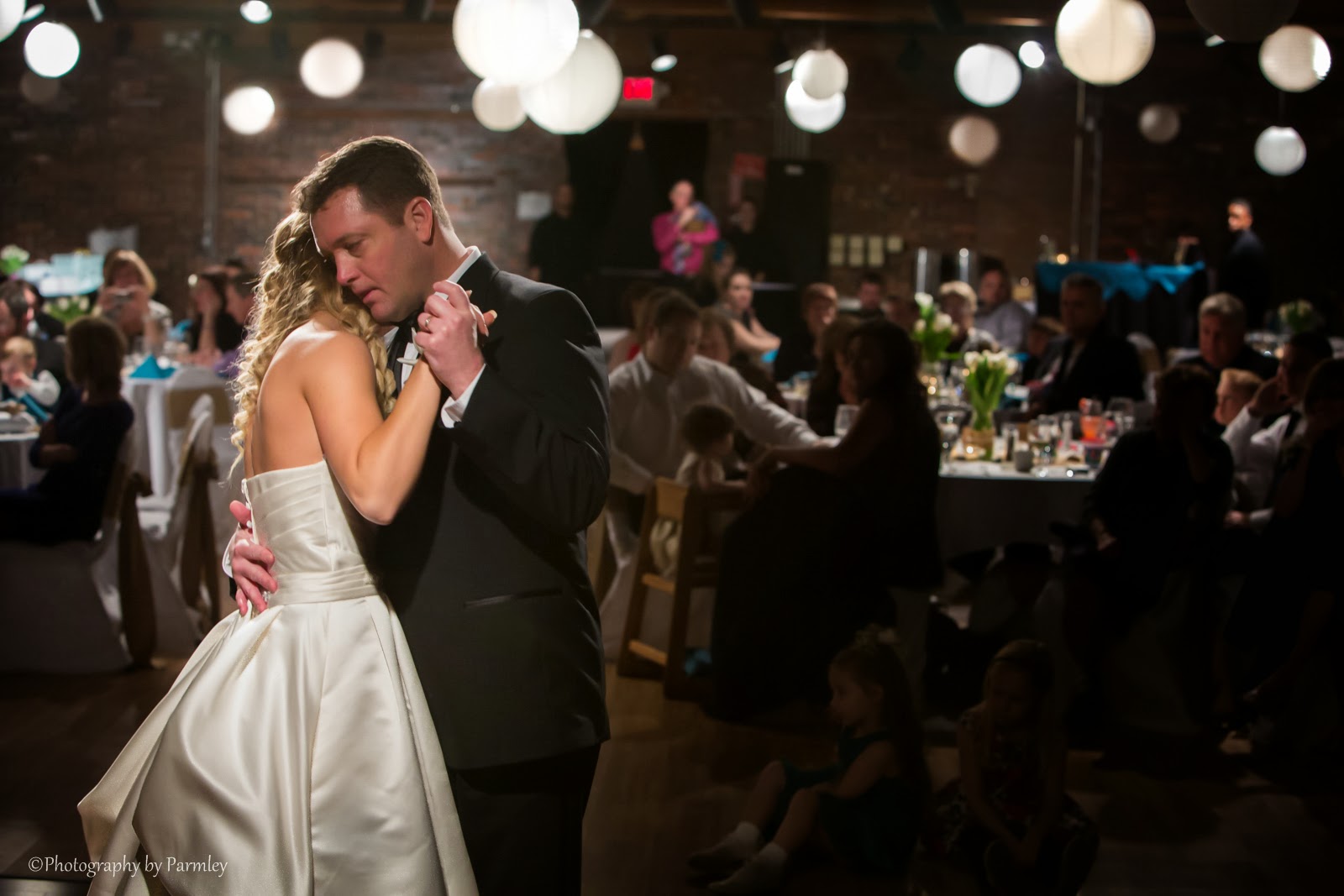©JP Parmley
We are headed to a local golf community to shoot a wedding
in a few weeks. Our client asked for a special picture that they had seen
online of the bride and groom under a translucent umbrella that is flooded with
light. It gives an appearance that the
umbrella is shooting the light down on them.
I had also seen similar pictures, but have never replicated it with a
client.
This is actually a very easy picture to create using 2 Speedlites
and one small softbox. In the last post,
I describe exposing for the ambient light.
In this case I was on my deck, it was about 10 min after sunset and
there was still a lot of light compared to what the final image shows.
Step 1 - Expose the Background the way you want it: So I
wanted the background to look completely dark.
I took a test shot with no flashes @ 1/160, f5.6, ISO 640. It was at least 3 stops underexposed giving
me the black background.
Step 2 - Add the back light: I added the a Speedlite with no modifier behind
the model, on the ground, shooting straight up.
This flash was set in manual mode at full power.
 |
| Rear light, no main light |
Step 3 - Add the main light: Once I had the illumination of
the umbrella the way I wanted it, I added the second Speedlite about 36 inches
away from the model, camera left. ETTL
was giving way too much light because it was trying to light the entire dark
scene. I moved to a manual mode and ended
up at 1/32 power.
You can play with the power settings on each to provide a
slightly different look.
Other than a little noise reduction in the dark areas, there
was virtually no post production work on these pictures.
I will post some pictures of our bride and groom in early
June.
Enjoy

.jpg)
.jpg)
.jpg)


.jpg)
.jpg)








